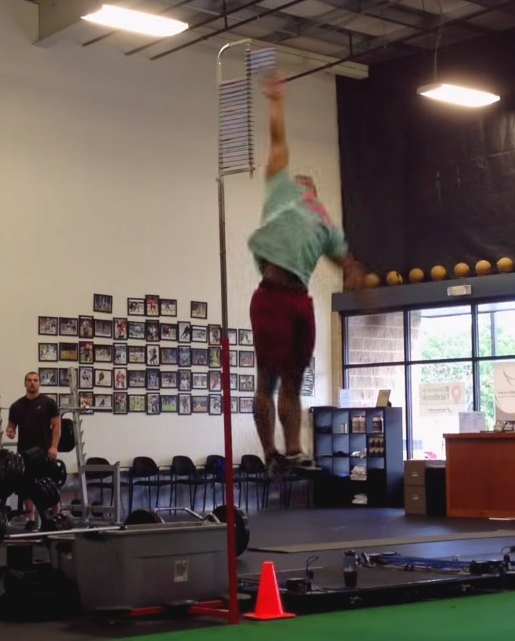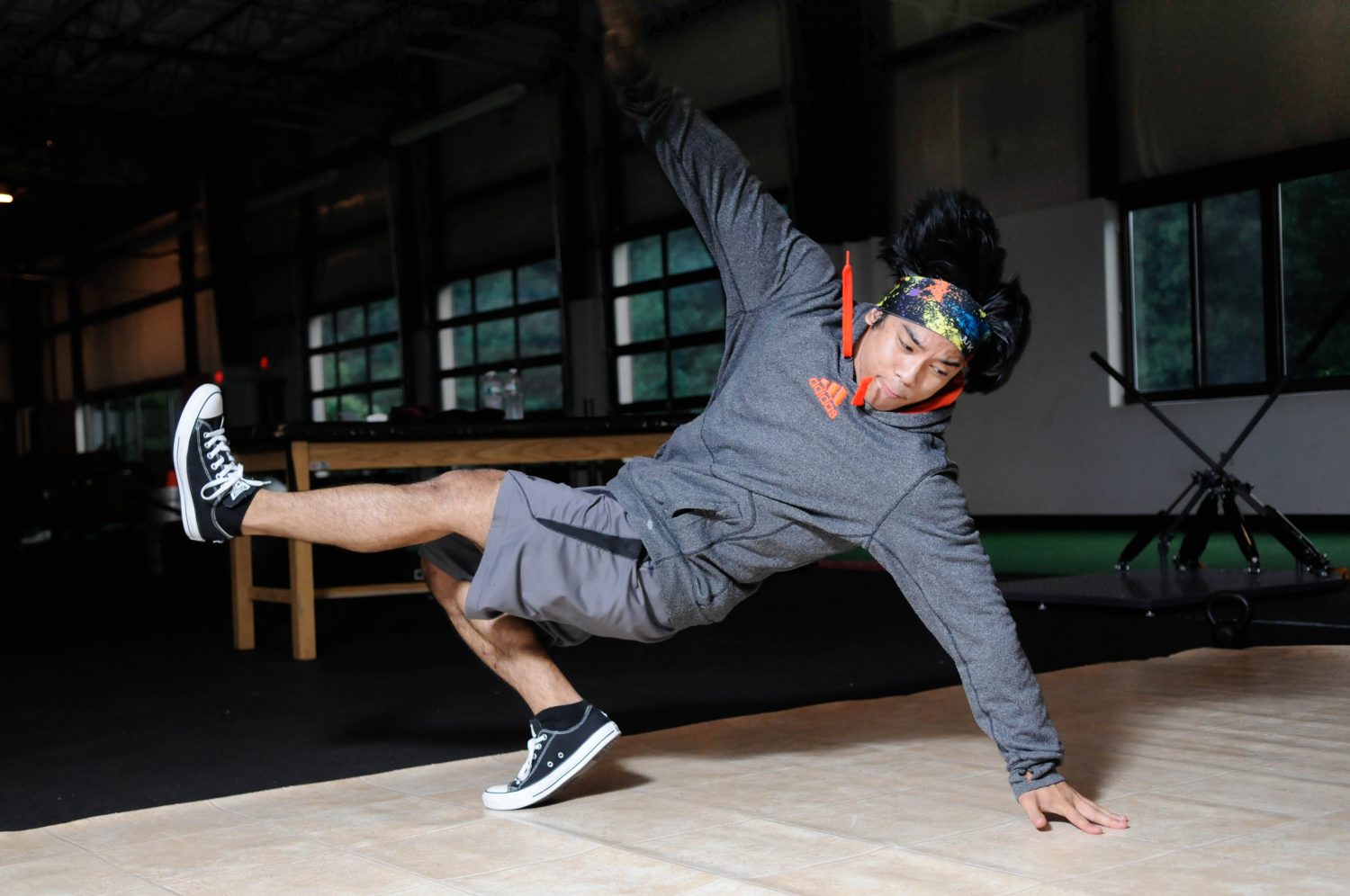Whenever I am working with athletes on a new drill, there are two interesting things that can occur on the gym floor:
- Lack of motoric control (inability to control range of motion, so movement is clunky/awkward)
- Lack of specific mobility (lack of authentic movement pattern from appropriate musculature due to a bony, hard structure or a soft tissue problem, effectively limiting range of motion)
With respect to teaching a vertical jump, there is of course the basic mechanics of “jumping” – avoiding buckling of the knees, arm and torso angle.
However, teaching the intention of movement in a vertical jump, along with teaching the appropriate response to an external stimuli is of utmost priority from a coaching point of view, which is my main perspective.

Coaching our athletes to jump with strictly internal cues can prove to be deleterious towards the goal of higher force production. Internal cueing can also lead to introspection of self-movement quality.
From What We Say Matters via NSCA
“In sum, an external focus compared to internal focus reduces consciousness and therefore the amount of attention needed to perform a given task. This frees up attentional resources that can be used to further the efficiency and automaticity of a movement skill.”
Essentially I don’t want my athletes second guessing if their back position is good, arm position is good, or if their ankle position is good. I just want them to move with intention of strength, power, and speed.
They shouldn’t be thinking about individual body parts, but they should rather react to an external event to help improve performance based goals.
Check out this one change to an athlete’s perspective and environment that is easy to use as a teaching tool. This coaching tool works especially well when you’re trying to get a shy or even introverted athlete out of their shell, and it also helps create context for other athlete’s if they have played baseball, basketball, volleyball, or any other overhead sport!
How Does This Work
The idea of achieving “triple extension” is a coveted and ideal technique sought after in many jumps and Olympic lifts. In the vertical jump, it is easy to “pull your punches” with respect to achieving full range shoulder flexion, extension at the hip, and knee extension, and ankle plantarflexion.
The external focus on “reaching” for the ball negates any internal focus that telling specific body parts will have on the coaching and cueing aspect.
Long story short, use whatever tool you have to your advantage to help improve performance based outcomes by providing external or analogy related cues. If you are performing broad jumps for example, have athletes jump just a little further than what they are used to – it should push them, but not be unrealistic… and on, and on you go!
As always,
Keep it funky.


